Are you a home builder or remodeler frustrated by a lack of high-quality leads? You’re not alone.
As the home building industry faces a downturn, lead generation has become increasingly challenging for those in the building trade. Many builders feel they should turn to paid advertising to bring in new opportunities- is this the right approach?
In this episode called “Lead Generation for Builders: Part IV- Advertising”, we will focus on some common problems builders face when running ads – including the wrong offer and no funnel for conversions.
Watch/Read/Listen to this episode to explore what problems can emerge from advertising, how to fix them, and what steps should be taken to ensure all your advertising dollars are spent wisely leading up to your next deal. Don’t miss out on potential customers!
Builder Lead Converter ATTRACTS, CAPTURES & CONVERTS high-quality leads for builders so they can pick & choose their clients & jobs. Find out how at https://www.builderleadconverter.com
Transcript:
Rick: Today in Conversations That Convert, we’re going to talk about paid ads. We’re going to start with some of the challenges that home builders and remodelers have with paid advertising. And then our next program, we will talk about if you are going to use paid ads, where you should advertise, and how you should advertise. Let’s get started.
Welcome to Conversations That Convert. Every week, we’ll spend about 10 to 15 minutes tackling relevant lead generation. Marketing and sales topics for remodelers, home improvement companies, and home builders. Conversations that convert is brought to you by Builder Lead Converter, your perfect sales assistant. And now, here’s Rick and Diana.
Rick: Welcome to Conversations That Convert everyone. Daiana, how are you?
Daiana: Welcome, everybody. I’m very well. Thank you. It’s good to see you.
Rick: Good to see you. Yeah, we’re doing we’re doing well. We’ve missed you. We’ve been off for a little while, but it’s great to have you back on the program and we have a great topic today. What are we discussing today?
Daiana: We start a new episode of lead generation for building builders and that’s from part four of paid advertising.
Rick: Yeah, let’s this is all about our series called Lead Generation for Builders. And this is all based on the number one marketing challenge for builders according to the Association of Professional Builders’ annual state of the Residential Construction Industry survey.
A thousand builders are surveyed. What’s the number one challenge? It is high-quality leads. So, we designed this series to help a Builder or remodel or home delivery modeler go through and, show them how you can generate high-quality leads. It’s not as simple as simply as putting an ad out there.
There is a process to it. So when we did this series, we started with setting up a roadmap and sort of, in other words, building a plan. Then we moved on to plugging your current opportunity leaks. In other words, every builder has opportunities that they’re missing right now without doing anything new.
So looking at shoring up those opportunities, plugging those leaks. And getting more high-quality leads out of your current opportunities. Then we talked about search engine optimization with Jens Rhodes from Floodlight SEO. And you know, that’s a very, very important component of generating high-quality leads.
In fact, I would convey that it is the most important thing that a builder can do to generate that great organic traffic, that inbound traffic where people are actually looking for a builder and just making yourself available to be found. So today we move into digital and offline paid ads, and we’re going to discuss the kind of the sort of things that are the biggest challenge with doing advertising campaigns.
A lot of builders get burned. A lot of marketing agencies that builders hire. They don’t specialize in new homes. And I would also say that when you are a design-build firm building higher-end luxury homes, And renovation projects are even more difficult than just that semi-custom builder who’s building spec homes and or has a model home selling in neighborhoods, that sort of thing.
It’s even more difficult. So there’s a lot of things to watch out for today. We’re going to go through them. And then in the next episode, we’ll talk about the things that you should do. It shouldn’t be done. So Diana, before we jump in, any thoughts on your end?
Daiana: Well, I’m looking forward to looking at some offline strategies, too, for paid ads.
Rick: Yeah. And we will talk both online and offline. So let’s, let’s start here. Paid ads should be your final. Not your first lead generation strategy. And I can’t tell you how many times I get on the phone with a builder, but let’s just say, I need some leads. Should we start doing, you know, advertising? I’m like, that’s the last thing you want to do is run paid ads.
So we’re going to talk about why it should be the last thing you want to do. Now, one thing that you should understand for paid ads, is that it’s a very poor, medium, high-end custom home and remodeling. If you’re a custom home remodeling entity, it’s probably the worst strategy. So, why? Why is that? Well, first of all, paid ads are really designed to solve a quick problem.
And you don’t solve quick problems. So, in other words, if you have a small project and there’s limited design, that’s the key. It has a quick turnaround too. You know, maybe it’s a quick bathroom change out. Or it’s more of a handyman-type project. Or something that’s just fast. Paid ads can work really, really well for that.
The thing you have to think about is from a client standpoint is they have a problem and they need it solved now. So when you’re doing a high-end renovation project or a custom home, That’s obviously a long-term problem. There’s a lot of design and this is really, really difficult to attract high-quality leads using paid ads.
So the thing you have to keep in mind is this. is that if I am a luxury home builder or say a luxury remodeling specialist, I’m trying to convey confidence, and your clients are looking for confidence or looking for someone to come in and understand where they’re at and to solve their problem in the most efficient manner possible.
Not necessarily just the lowest price, but from a design standpoint, from a competency standpoint, as far as coordinating the project, that sort of thing. Let’s face it. Large-scale projects are really, really difficult to manage, and they’re easy to screw up. And so they just want someone to take that responsibility, not screw it up for them, give them what they want, and they’re willing to pay for it to get that.
So paid ads when are done incorrectly, they do not convey Confidence and they make the buyer question your ability to design and build luxury projects. So that’s the key here is luxury high-end projects. So, Daiana, here’s the thing that’s interesting. Paid ads are the most expensive form of lead generation, and they have the poorest conversion rates for custom home builders and high-end remodelers.
So it’s the most expensive thing you’re going to do, and it’s going to get you the least amount of results, which is why I say it should be your final, not first lead generation strategy. Any thoughts on that, Daiana?
Daiana: And it makes sense when you explain it so clear, and I took some notes. Paid ads only for if you want to solve quick problems, fast situations, and problem-solving, that will work. And that’s true. Looking back to my behavior, I don’t buy if something gets needs more let’s say trust and to build a relationship with someone to give them a lot of money just by seeing them online. Does that make sense? So the question that comes to mind is, but what are the first options to get very good leads?
Rick: Yeah, to get those high-quality leads.
Daiana: High quality leads.
Rick: Yeah, so paid ad, paid advertising is considered outbound marketing. Another way to describe it is you are looking for a client versus the client looking for you. Okay. So, think of it as a dating relationship. Okay. So you’re out looking for a date. And so they talk about it. It’s a, it’s a numbers game. You’re just going to throw enough mud against the wall hopefully. You’ll find something. So you’re interrupting people. You’re going out to them. So you’re looking for a client.
Now, the opposite of that is what’s called inbound marketing. Inbound marketing is where somebody is looking for you. So now, if I’m a home builder, what I want to do is I want to make myself look as attractive as possible. Do my potential client. Okay. Dating is the same thing, right? If I am a very attractive package and people are looking for me, it’s a lot easier for me to pick and choose who I want to date. Or in other words, for the home builder’s standpoint, they could pick and choose who they want to work with from a clientele standpoint.
So again, people are coming to you. So your inbound marketing again is just is this presenting a very attractive option for people and giving them a compelling offer of why they want to start a relationship with you. And that’s what we talked a lot about in the previous episodes here with plugging your opportunity links. Search engine optimization, obviously, is just a way of getting you known. It’s a way to make you available in your local market on page 1.
And the thing you have to remember is that when you go out and you do a search, and you are looking for a specific company When you show up on page one of that search, that is the equivalent of getting a referral from a trusted friend, your search engine, Google, which is 80-90 percent of search traffic out there. That is just like getting a referral. It’s Google saying, Hey, here’s the most relevant home builder, custom builder remodeler in your marketplace for the type of project that you’re considering.
That’s like a referral. So that’s confidence. So now they see that. Yeah. It’s organic. And they think, Hey, look, if Google says they’re the best. I should check them out versus a paid ad. Again, if it’s done incorrectly, immediately your lead is questioning, well, why do they have to pay for this? You know, what aren’t they doing? Right? So you’re, you’re immediately causing a question in their mind. Now that if it’s done incorrectly, there is a correct way to do it.
But again, it should always be the last place that you’re, you’re advertising. Does that answer the question, Daiana? Does that make sense?
Daiana: Yes, thank you. Perfect sense.
Rick: Yeah, so outbound versus inbound. That’s the main thing. So now why you know, why is that? Well, let’s just talk about one exception to the rule.
So I talked about Google AdWords. So Google AdWords is that, yeah, you can buy keyword phrases for your location and your services. And you can pay for that. And you will get some traffic for that. Okay. Again, but I’ll get a lot of most voters dumping on their website, you know, cross your fingers and hope there is a specific way to use Google ad words. And there’s also something called Google Google local services out there where you can become like a Google-certified builder.
And so that actually built some confidence as well. So those are probably a couple of exceptions to the rule, but you will have to go through a lot of leads to find that diamond in the rough organic leads are much higher quality because it’s just again as people looking for you when you’re doing paid advertising, you have to generate a lot of leads in order to find the one that might be a viable about the prospect.
So, sponsored results always perform much poorer than organic search results. Again, somebody looking for me versus me looking for somebody. Now, why is that? It’s a relevance rating. What it comes down to is relevant. If I am organically showing up on page one of Google, I’m a lot more relevant.
Then if I have to say pay to be on page one of Google, so it’s just all about relevance, and the beautiful thing about the organic is that, hey, once you’re ranking, you just have to pay to stay ranking, whereas with an ad, you have to again, you have to exhaust your budget every single week to stay there.
Because once that budget is gone for your ad, you’re gone versus on with search engine optimization. It’s like once you start ranking, yeah, you might go from, say, number one to number three or number five back to number three. So there’s gonna be some variation there, but you’re essentially gonna stay on page one.
And it’s a lot less money to do search engine optimization than it is to do paid ads. A lot less now. Most users again, if you think about your own search, When you search for something, Daiana. So at the very top, you get sponsored results. Then you get organic. Do you tend to click on the sponsored results? Or do you tend to skip over those and go down to the organic?
Daiana: Actually, I notice I tend to skip. And then just look for the first organic one.
Rick: Exactly. And you are like everyone else. And that’s what the vast majority of people do only when they are not finding what they’re looking for in organic. Do people start clicking on pay?
Daiana: Yeah, that’s true. That’s how I do it. You know, you know me.
Rick: And that’s, and home buyers, you know, and remodeling customers are no different. They’re always going to go to the organic first. Only go to the paid if they’re not finding what they’re looking for. So, common problems I see in paid ads, and this is where we’re going to wrap it up. The wrong offer in the ad. There’s always the wrong offer. You know, for high-end custom home builders and design-build remodelers, the offer is so important. And you cannot give them the wrong offer because if you give them the wrong offer, you’re going to, they’re going to lose confidence.
They’re going to skip over you. Okay. No tracking to measure effectiveness. You know, a lot of people that do pay ads, they just, they don’t bother tracking, you know, the advertising and she says, well, here’s your click-through rate. Okay. Well, big deal. How many leads did I get from that? How many of those leads converted into an appointment and how many of those appointments actually went into my sales pipeline?
Did I actually sell, you know? So it’s very, very important to track that a lot of campaigns just go on autopilot. And with paid ads, you can’t do that. You’ve got to be revamping them constantly, you know, usually weekly, running only one campaign at a time. You know, the thing with paid ads is you have to test lots of different things.
So you test a different offer, you test a different photo on that offer. You might test a video ad versus a non-video ad. There are all sorts of different things you have to test. And the thing is that if you hire an advertising agency and they are like sort of a one size fits all agency, like, Hey, well we work in all these different areas.
They’ll boast about some great results that they had for advertising because they’re advertising services that will get results from a paid ad. But then you as a home builder remodeler come to them thinking that you’re going to get similar results. You spend a whole bunch of money on getting this campaign set up, paying for the ads, paying for them to manage them.
And at the end of the day, you’re left with almost nothing. And, you know, the ads and in campaign management and setting them up, you probably could have had a year’s worth of search engine optimization. And so that’s what I go back to is that it’s like this. It’s paid ads like this tantalizing offer.
It’s like that. We just, we can’t help but want to grab for it was like, Oh, it seems so great. Cause I can run an ad and I can get a lead tomorrow. Well, search and search and optimization takes time. Yes, it takes time. But the thing is, once you put the time into it and you get where you’re ranking, You’re going to stay there. You just have to maintain that. And it’s a lot less expensive to maintain that than it is to continue to run campaigns and pay someone to manage those campaigns.
And then the last issue that I see with paid ads is that there’s no funnel for conversions. So normally the website, the traffic gets dumped on the website and you just cross your fingers and hope. A funnel is where you have a landing page where there’s a specific offer on the page and you’re really tracking what are the conversions I’m getting from this paid campaign. So that conversion might be where someone’s filling out a form.
We used to do it where actually would set the appointment and then they would show up to that appointment. So you have to have, you know really a funnel or what we can do without getting too technical is something called a split test. It’s where you can take and build two funnels and you can drop traffic on both of them and see which one performs better. So, you know, which one you should be using for conversions.
So Daiana, that’s the challenge for paid ads. Again, just to recap wrong offers, no tracking, and no funnel, you know, really the three main problems that we see in paid advertising. So any final thoughts Daiana on your end?
Daiana: So there are only those things, if I pay attention to those things offered, how do I track the ads and funnel? Then I can raise my chances to have some successful paid ads.
Rick: You cannot manage something which you don’t measure.
Daiana: Right.
Rick: Those are KPIs or key performance indicators. Yeah. So you have to be able to measure different offers, different funnels, and different conversions. And so it’s complicated and most advertising agencies, again, they don’t know what offer to put out there. They don’t know how to properly manage things, and maybe they don’t even have the capability of having to do that. And again, the most important thing to remember is, is paid ads should be your final, not your first lead generation strategy.
You only will use these is when you have completely optimized every other inbound form of marketing. In other words, making yourself so attractive that people find you. And giving them a compelling reason to want to start a relationship with you. So that’s permission-based inbound marketing.
And again, primarily, that’s how your website is set up, the content you have on your website, using search engine optimization and again, giving them, having really compelling lead magnets and conversion campaigns to get them on the phone so you can qualify them and determine, Hey, this is a viable prospect that I’m going to proceed forward or no, this isn’t next. Go to the next one. And that’s really the bottom line, having enough opportunities so you can say no to the wrong ones and yes to the right ones.
Daiana: Thank you. That’s very valuable. And I know you’re doing a great job tracking and building amazing funnels for your clients.
Rick: That’s what it’s all about is capture, attract, capture, and convert, you know, those high-quality leads so you can pick and choose your, your clients and jobs. And that’s where we’re at today, which is the end of this episode. But if you would like to talk more about how we can help you attract, capture, and convert high-quality leads, so you too can pick and choose your clients and jobs, go ahead and just click that schedule a call button below.
We’ll be happy to jump on a call, learn more about your company, and see if we might be able to help you. And that’s the end of today’s episode. And for my brothers and sisters in Christ, may the grace of the Lord Jesus Christ, the love of God, and the fellowship of the Holy Spirit be with you all always. We’ll see you next time on Conversations That Convert.
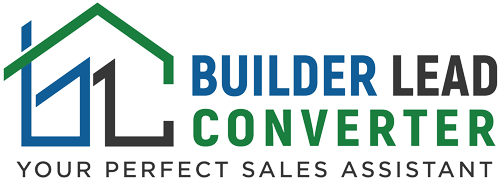
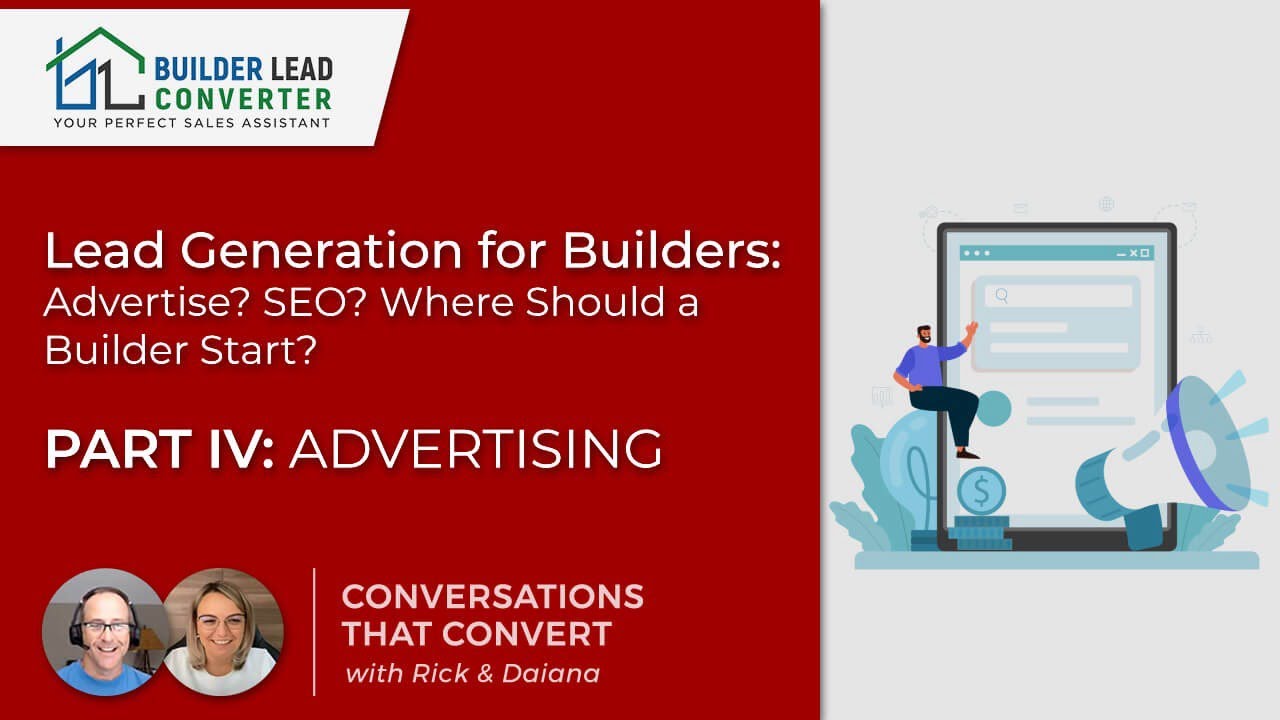
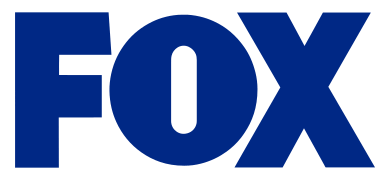
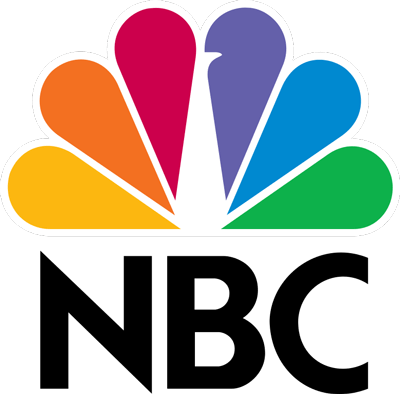

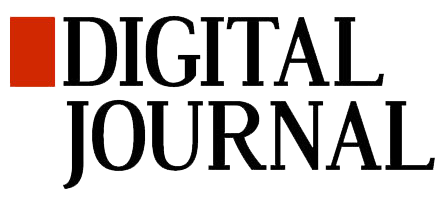
Recent Comments